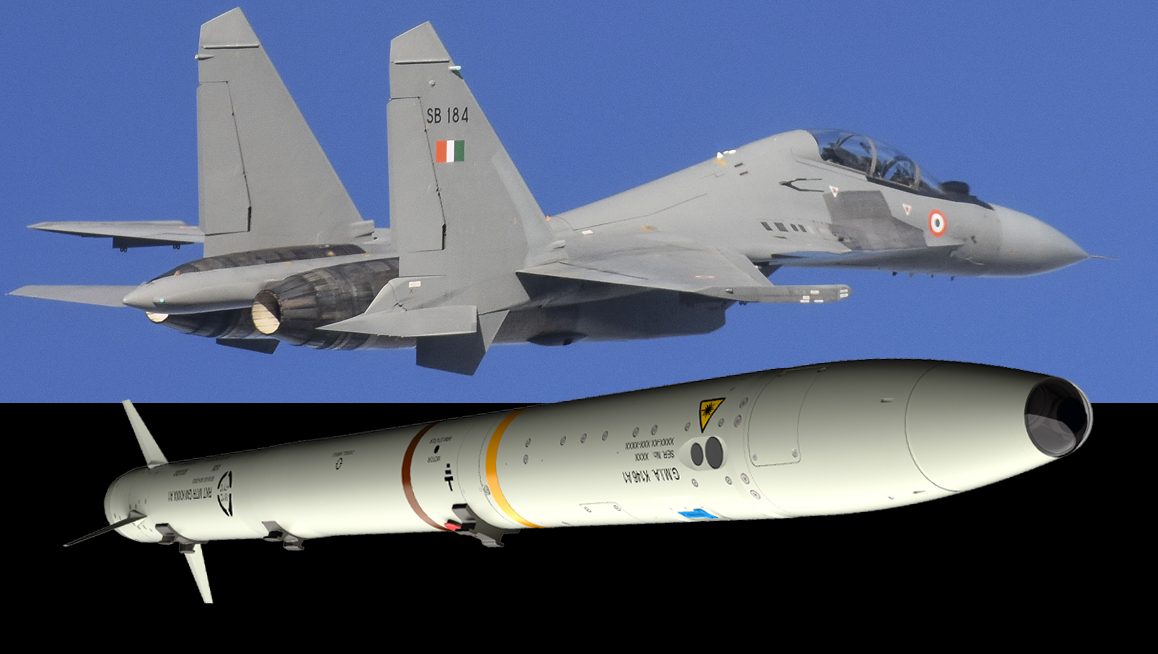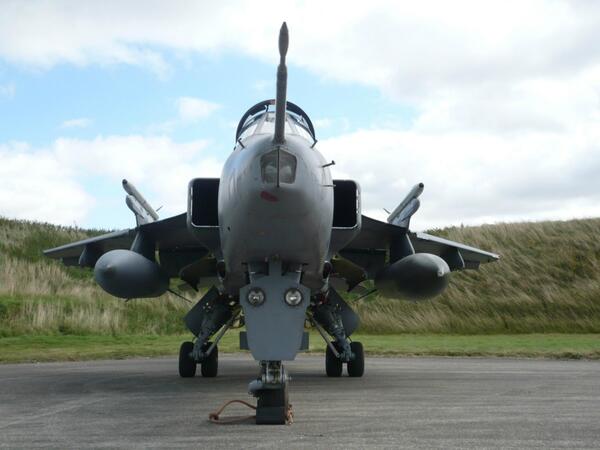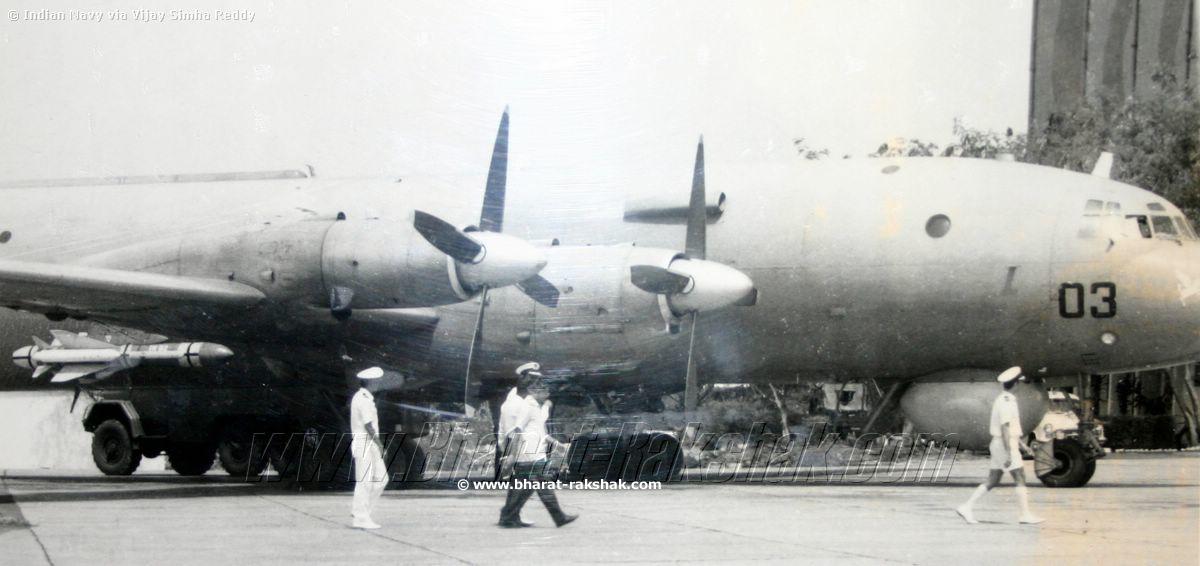
In an ambitious, unprecedented move, the Indian Air Force is currently in the final stages of a move that could ruffle feathers in Russia — mating a British missile system with its Russian-origin Su-30 MKI fighters, something it has never done before. Top IAF sources tell Livefist that a pair of HAL-built Su-30 MKI jets have undergone requisite software modifications to deploy the MBDA ASRAAM heat-seeking close combat air-to-air missile. What the IAF intends to do is fully replace the Su-30 MKI’s current close combat missile — the Russian-built Vympel R-73 — with the ASRAAM in phases.
For a service that has rarely standardised equipment across its diverse fleet of Russian and European aircraft, the IAF’s intentions with the ASRAAM stem from its experience with the successful recent integration of the missile system with its Jaguar deep penetration strike jets. Part of a £250 million IAF contract with MBDA UK in July 2014, the ASRAAM-armed Jaguars are to be declared operationally ready this year. IAF sources said the first ASRAAM-armed Su-30s would be declared ready around the same time, and will make use of the same testing cycle.
Standardising a weapon system across its fleet would introduce various levels of economy, the kind the IAF has never had a chance to experience. Over the decades, it has operated disparate types of aircraft with their own native weapons, with barriers between those types never once crossed for commonality.
The Indian government’s National Aerospace Laboratories (NAL), an outfit under the Ministry of Science and Technology, was tasked with proving the stability of the ASRAAM on the Su-30 airframe at its Bengaluru wind-tunnels. NAL sources confirm to Livefist that flutter analysis and safety of flight tests were conducted last year. With carriage flight trials underway, guided test-firings will likely take place this summer.

If the IAF has its way, the ASRAAM could have a longer flight path in Indian service. As Livefist reported in 2017, the ASRAAM is under consideration as a weapon system on the Light Combat Aircraft Tejas, while the IAF has officially opened discussions on arming its Hawk trainers with the ASRAAM and Brimstone weapon system. If the IAF is looking beyond the R-73 on the Su-30 MKI, then it stands to reason that it could do the same on its recently upgraded Russian MiG-29 fighter fleet. But IAF sources confirm that the Su-30 MKI fleet is a priority program for the ASRAAM integration.
Having to navigate diplomatic and strategic sensitivities with Russia could be precisely why the IAF has pursued the ASRAAM integration as quietly as possible, though the steady stream of give and take between Moscow and Delhi could accommodate a move that would, in normal course, be deeply irksome to Russia. The Indian Navy was able to sling Sea Eagle missiles onto its early Il-38 maritime surveillance/anti-submarine aircraft, the only known occasion when such an integration has been possible in Indian service.

On the other hand, as Livefist reported earlier this month, the IAF is looking to expand its Su-30 fleet with a proposal to build 40 more jets under license at HAL’s Nashik facility. Livefist can now confirm that the Indian government has formally requested Russia to extend the production license, a requirement before deciding on the additional numbers it will choose to build.
The IAF chose the ASRAAM in 2013 after a contest that involved the Israeli Python, the German Diehl IRIS-T and American Raytheon AIM-9X Sidewinder. While India is well into testing its indigenous beyond visual range air-to-air Astra missile, its weapons program doesn’t include a close combat air-to-air missile, compelling it to depend on imported systems through its history. Comparable past systems include the Matra Magic II, replaced on the Mirage 2000 with the MICA IR.
The move to attempt a standardisation of the ASRAAM across its combat aircraft fleet could be helped along by a proposal from the missile’s maker, MBDA, which has proposed to shift final assembly of the weapon system from Bolton in the United Kingdom to the facilities of India’s state-owned missile house Bharat Dynamics Ltd in Hyderabad as part of offsets obligations across contracts.
The ASRAAM is one among a slew of new armaments that have lately armed IAF Jaguar variants. The others include Boeing Harpoon Block IIIs anti-ship missiles and Textron CBU-105 sensor fuzed cluster munitions.

Are western world ready to work with Russians for successful integration??
1) Has russia given permission to mount the asraam on the su-30mki?.
2) Has it given us the codes for integration to the Sura HMS??
3) Asraam uses a different pylon than the russian one , who is going to change that. ?
4) The weapons computer and the IRST of the su-30 has to be integrated to the missile to use the HMS effectively ..Now how do you do that.?
It is definitely not possible with out the permission and codes, which russia will never give .
This news has no value